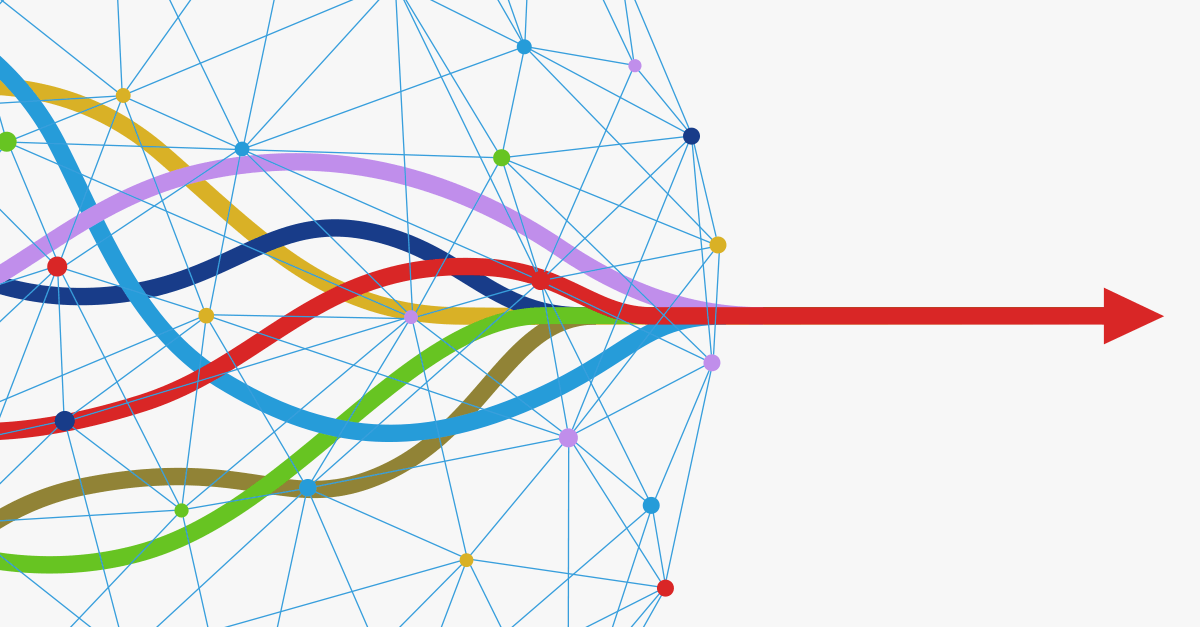The textile industry plays a pivotal role in global manufacturing, providing fabrics and materials that are essential for various industries and consumer products. In a highly competitive market, textile manufacturers constantly strive to improve their operational efficiency, reduce costs, and enhance product quality. One crucial aspect of achieving these goals is adopting advanced data-driven production planning and control systems. These cutting-edge technologies leverage the power of data analytics, artificial intelligence (AI), and automation to optimize processes, streamline operations, and ensure seamless coordination across the entire production lifecycle. This article explores the significance of advanced data-driven production planning and control in the textile industry and highlights its transformative impact on efficiency and performance.
The Need for Advanced Production Planning & Control:
Traditional methods of production planning and control in the textile industry were often manual, time-consuming, and prone to errors. Manufacturers relied on experience and intuition, leading to suboptimal decisions and inefficiencies. However, the rapid advancements in digital technologies have paved the way for advanced data-driven approaches that can revolutionize the industry’s production planning and control practices.
Leveraging Big Data and Analytics:
The textile industry generates vast amounts of data at every stage, including raw material procurement, production processes, inventory management, and customer demand. By harnessing big data and analytics tools, manufacturers can extract valuable insights, identify patterns, and make data-driven decisions. These insights enable optimized production scheduling, improved resource allocation, and accurate demand forecasting, leading to enhanced operational efficiency and reduced waste.
Predictive Analytics for Demand Forecasting:
Accurate demand forecasting is crucial for textile manufacturers to optimize their production plans and manage inventory effectively. Advanced data-driven techniques leverage predictive analytics algorithms to analyze historical data, market trends, customer preferences, and other external factors to forecast future demand with higher precision. This enables manufacturers to align production capacity with anticipated demand, reducing the risk of overproduction or stockouts.
Real-Time Monitoring and Control:
Incorporating Internet of Things (IoT) devices and sensor technology into textile production processes enables real-time monitoring and control of critical parameters. By collecting and analyzing data from machines, equipment, and production lines, manufacturers can identify bottlenecks, detect anomalies, and take proactive measures to prevent downtime or quality issues. Real-time insights empower managers to make timely decisions, optimize production flows, and minimize disruptions.
Artificial Intelligence and Machine Learning:
The integration of artificial intelligence and machine learning algorithms in production planning and control systems revolutionizes decision-making processes. AI can analyze complex datasets, historical production data, and external variables to optimize production plans, improve resource allocation, and identify opportunities for process optimization. Machine learning algorithms can learn from historical data and continuously refine production plans, adapting to changing market dynamics and improving operational efficiency over time.
Collaborative Supply Chain Management:
Advanced data-driven production planning and control systems enable seamless collaboration and information sharing across the entire supply chain. Manufacturers can connect with suppliers, distributors, and retailers in real-time, sharing production schedules, inventory levels, and demand forecasts. This collaborative approach enhances visibility, facilitates efficient supply chain coordination, reduces lead times, and minimizes the bullwhip effect.
Automation and Robotics:
Another vital aspect of advanced data-driven production planning and control is the integration of automation and robotics. Intelligent machines can perform repetitive and labor-intensive tasks with high precision and speed. This leads to increased productivity, improved quality control, and reduced dependence on manual labor. Robots equipped with AI capabilities can optimize production workflows, adapt to changing product specifications, and handle complex tasks, enhancing overall manufacturing efficiency.
Quality Control and Defect Prevention:
Data-driven production planning and control systems enable proactive quality control and defect prevention. By analyzing production data, manufacturers can identify patterns that lead to defects or quality issues. Real-time monitoring and control systems can automatically detect deviations from quality parameters and trigger corrective actions. This results in improved product quality, reduced rework, and enhanced customer satisfaction.
The textile industry is witnessing a paradigm shift with the adoption of advanced data-driven production planning and control systems. Leveraging big data, analytics, AI, and automation technologies, manufacturers can optimize production processes, streamline operations, and achieve higher levels of efficiency and performance. By embracing these transformative technologies, textile companies can stay competitive in a rapidly evolving market, meet customer demands effectively, and drive sustainable growth in the industry. The future of textile manufacturing lies in the power of data, and those who harness it to their advantage will lead the way towards a more efficient and prosperous industry.
